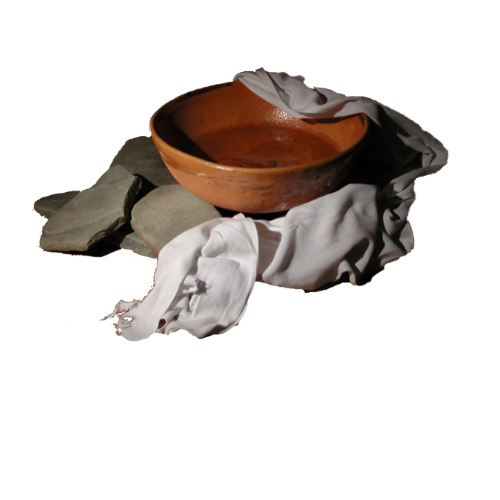#305 Serving Leaders ask themselves: “What is in my hand?”
July 21, 2021 Leaders with a vision are always conscious of their need for resources to accomplish the vision. These resources may be finances, people, skills, or knowledge or other things. Leaders often begin the search for these resources outside themselves and begin to look around to meet the needs at hand. But serving leaders […]
#304 Serving leaders ask those who follow: “Who are you becoming?”
July 7, 2021 Serving leaders ask themselves hard questions about who they are becoming. As they gain clarity and direction about their focus, they also serve those they lead by encouraging them to walk the same journey of discovery. They desire that Paul’s instructions are helpful not only for their own lives but also for […]
